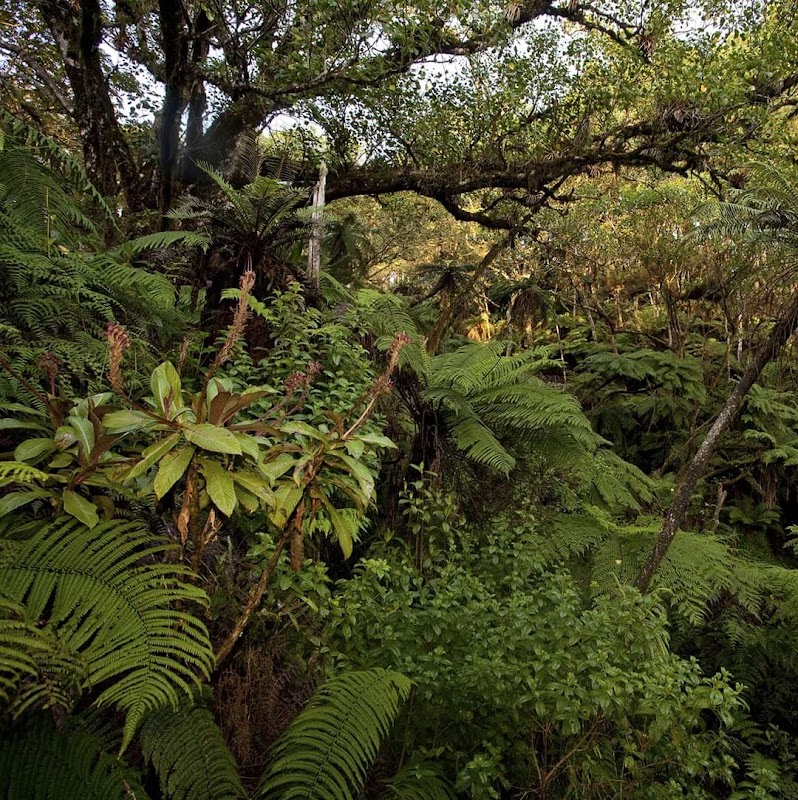Île à Vache offers pristine, remote beaches paired with eco-friendly resorts that honor Haiti’s natural and cultural wealth. Perfect for travelers seeking authentic experiences far from typical tourism, this island balances adventure with sustainability and invites exploration of its local traditions and vibrant coastal landscapes.
Pack reef-safe sunscreen
Protect your skin and the delicate coral ecosystems by choosing eco-friendly, reef-safe sunscreen products to use while swimming or hiking near water.
Bring sturdy water shoes
Sandy paths and sharp coral fragments make durable water shoes a practical choice for beach exploring and water activities.
Stay hydrated with reusable bottles
Island heat and active exploration demand consistent hydration. Carry refillable water bottles to reduce waste and stay refreshed.
Respect tidal schedules
Check local tide times before planning beach walks or lagoon explorations—some paths may become submerged or difficult during high tide.
Island Escape: Discover Île à Vache’s Untouched Beaches and Authentic Eco-Resorts
Just off Haiti’s southern coast, Île à Vache invites travelers craving quiet beaches, sustainable lodging, and real local culture. This island isn’t about flashy tourism; it’s a place where powdery sand stretches wide, turquoise waves pull gently at your toes, and mangroves breathe life into every inlet and lagoon. Eco-friendly resorts here hold respect for the island’s rhythms, blending low-impact design with warm Haitian hospitality.
Arriving from Les Cayes, the island appears as a blue-green promise on the horizon, its shoreline carved by coral reefs that guard intimate coves far from crowds. Whether you’re setting foot on Petite Anse or exploring the grassy paths to Nan Carreau Beach, you’ll find the pace slow but the adventure real. The beaches challenge you with soft sand that resists quick steps and salty breezes that push inland, encouraging a thoughtful pace.
The walks around Île à Vache offer more than views. Local fishermen offer stories and perhaps a ride in their wooden pirogues, each holding decades of tradition and knowledge of the currents daring you to follow. Inland, small villages with painted houses and friendly faces share rhythms of daily life—markets filled with local fruits, the faint echo of Creole gospel floating on the wind.
Planning a visit requires practical timing and respect. The island reacts to seasons with shifting winds and occasional tropical bursts, so packing smart matters—reef-safe sunscreen, sturdy sandals, and reusable water bottles top the list. Most resorts promote sustainability by minimizing waste and supporting local conservation projects, giving visitors a chance to contribute actively.
This is an experience that asks you to slow down and move with the island’s pulse — a pulse felt in barefoot walks, the scent of sea salt and hibiscus, the call of seabirds riding thermals overhead. Île à Vache isn’t just a destination; it’s an invitation to explore a place fiercely itself, where adventure is an active respect for nature and culture equally.
Whether lounging on a quiet beach, kayaking through mangroves, or sharing a plate of griot with new friends, the island offers an honest, impactful adventure. Pack lightly, plan well, and be ready to encounter an island eager to share its secrets on your terms.
Nearby Trips
All Adventures
Boat Charters
Water Activities
Adventures near Les Cayes
Discover the unique and memorable adventures that make Les Cayes special.
Frequently Asked Questions
How do I get to Île à Vache from Les Cayes?
The island is accessible by a short ferry or boat ride from Les Cayes. Boats typically depart from the port early in the morning, and it’s best to arrange transport through your hotel or local tour operators for timing and safety.
Are there eco-friendly accommodations on the island?
Yes, several eco-resorts and small guesthouses focus on sustainable practices, such as solar energy usage, waste management, and supporting local fishermen and farmers.
What cultural experiences can I expect on Île à Vache?
Visitors can interact with local fishermen, explore small villages, sample Haitian cuisine like griot and pikliz, and enjoy communal celebrations when visiting during local holidays or religious festivals.
Is it safe to swim in the waters around Île à Vache?
Generally, yes. Many beaches are sheltered by coral reefs, creating calm waters ideal for swimming. However, always heed local advice about currents and weather conditions.
What wildlife might I encounter on the island?
Look for coastal birds like frigatebirds and pelicans, marine life such as sea turtles near reefs, and small mammals and reptiles inland. Mangroves support diverse ecosystems worth exploring.
When is the best time to visit to avoid rain and storms?
The dry season from December to February offers the most stable weather with minimal rain and calmer seas, making it the best period for most travelers.
Recommended Gear
Waterproof hiking sandals
For navigating wet terrain and coral shores comfortably while protecting your feet.
Lightweight daypack
Carry water, snacks, sunscreen, and a camera for hassle-free exploration.
Reusable water bottle
Stay hydrated without contributing to plastic waste.
Wide-brim hat
Offers sun protection during long hours outdoors, especially in sunnier months.
Local Insights
Hidden Gems
- "Lagon Bleu – a striking turquoise lagoon with crystal-clear, warm water for a tranquil swim away from the main beaches"
- "Anse d'Azur – a less-traveled beach where local fishermen mend nets and offer authentic interactions"
Wildlife
- "Green sea turtles frequent the southern shores during nesting season"
- "Mangrove islands provide habitat for rare bird species such as the Antillean nighthawk"
History
"Île à Vache holds significance as a historical refuge for escaped slaves and later, a strategic point during Haiti’s early independence struggles, with remnants of colonial-era ruins accessible by guided tours."

